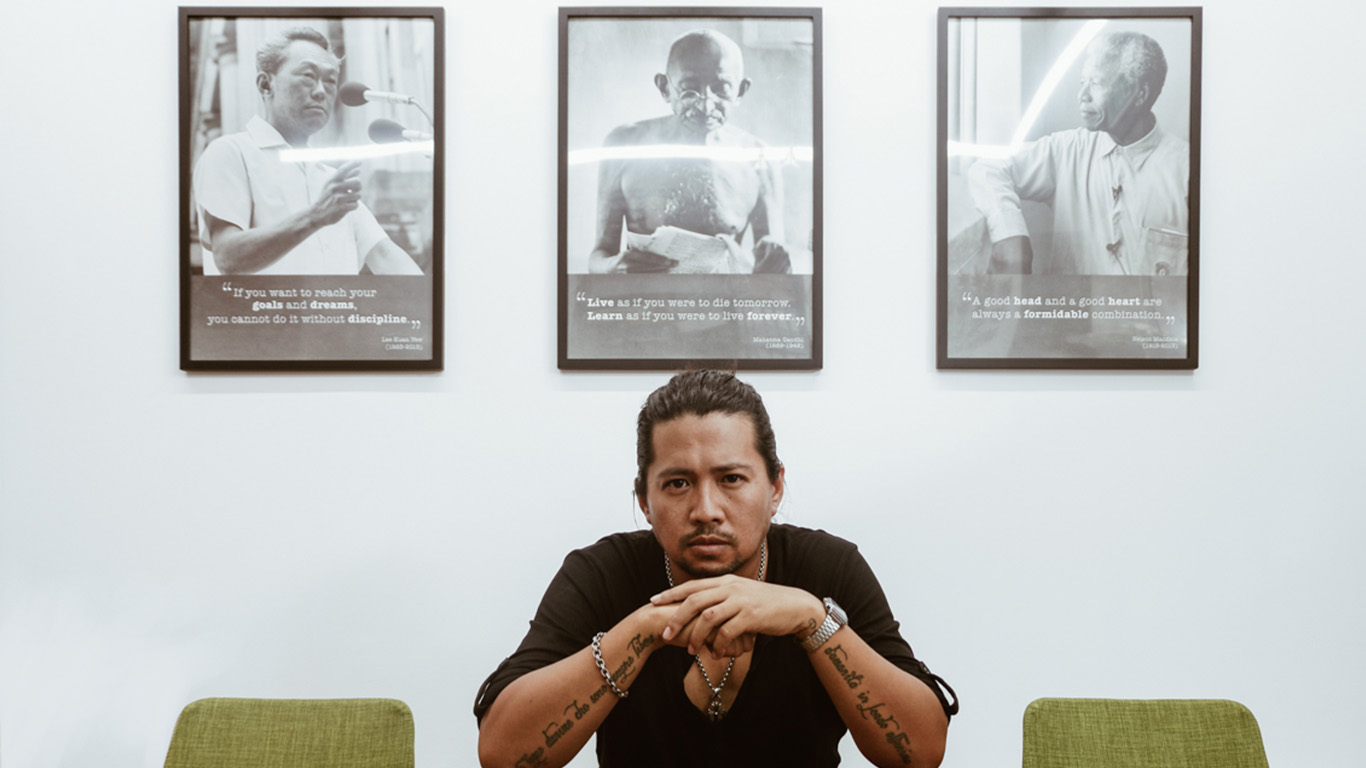When I got my first prominent tattoo – on my wrist and forearm – there were many who told me that I would never be able to find a job.
Thankfully, a lot has changed since 2005, and my employer today couldn’t care less whether or not I have a tattoo.
Once almost exclusively associated with triads and gangs, tattoos are becoming more mainstream and has grown popular amongst many youths in Singapore. It has also been almost a decade since the first tattoo convention was held here in 2009.
Yet the attitudes of those who have written in to The Straits Times show that tattoos are still frowned upon by some, with one of the letters calling tattoos a sign of mental distress and the other attaching labels of “underclass” and “outcast” to the artform.
The letters show that tattoos are still seen to be associated with deviant behaviour, and remain frowned upon, particularly in the workplace.
This is something that lawyer Josephus Tan, 39, managing director of Invictus Law Corporation, has had to overcome.
Other stories you might like

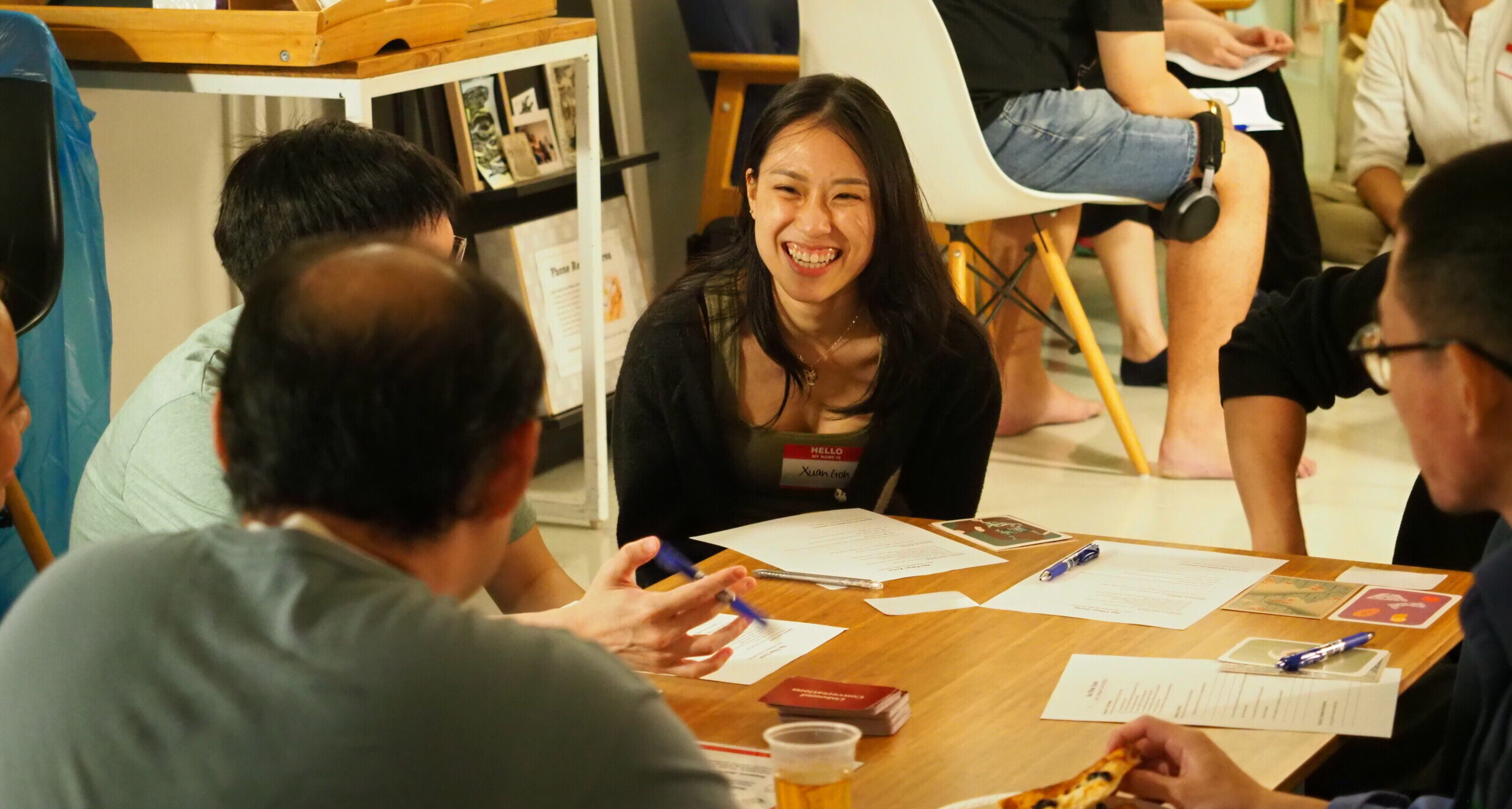
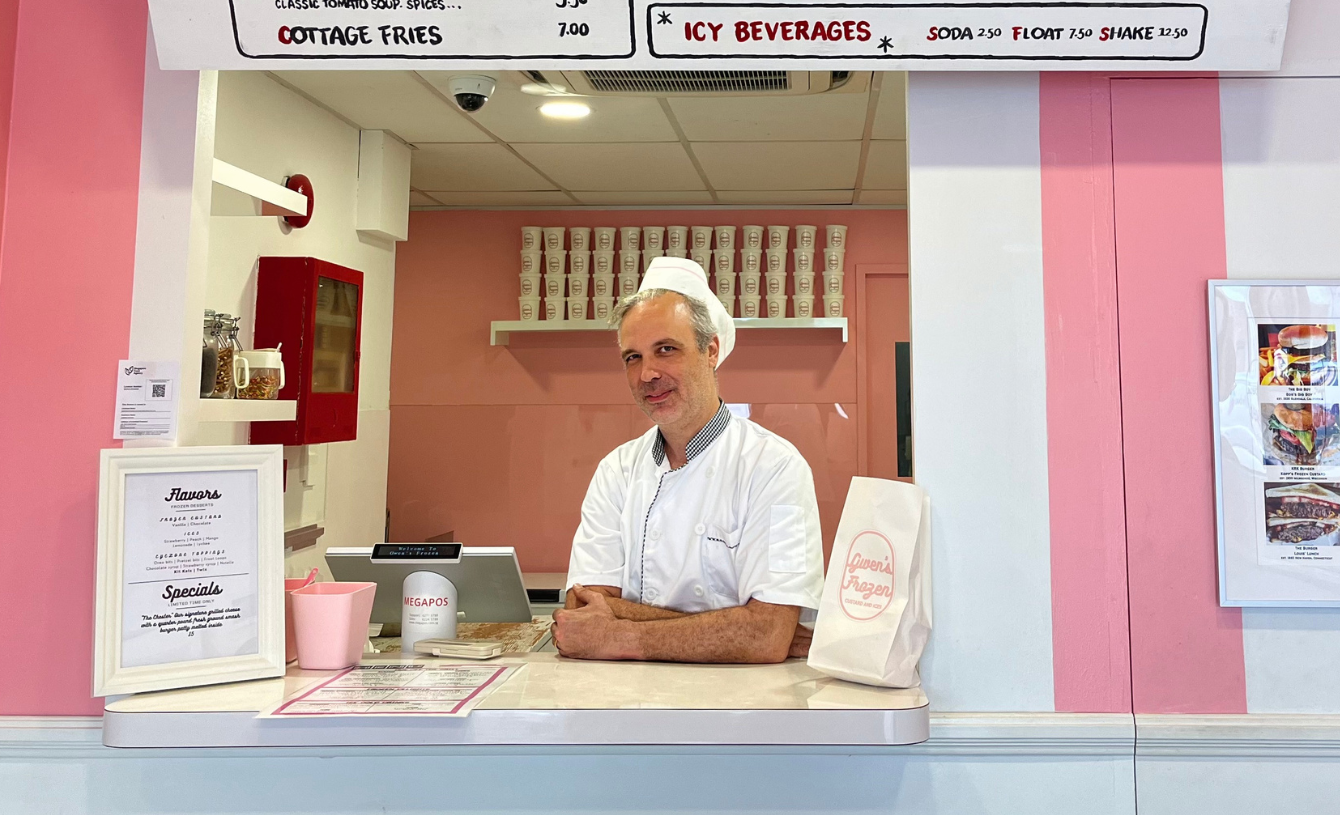

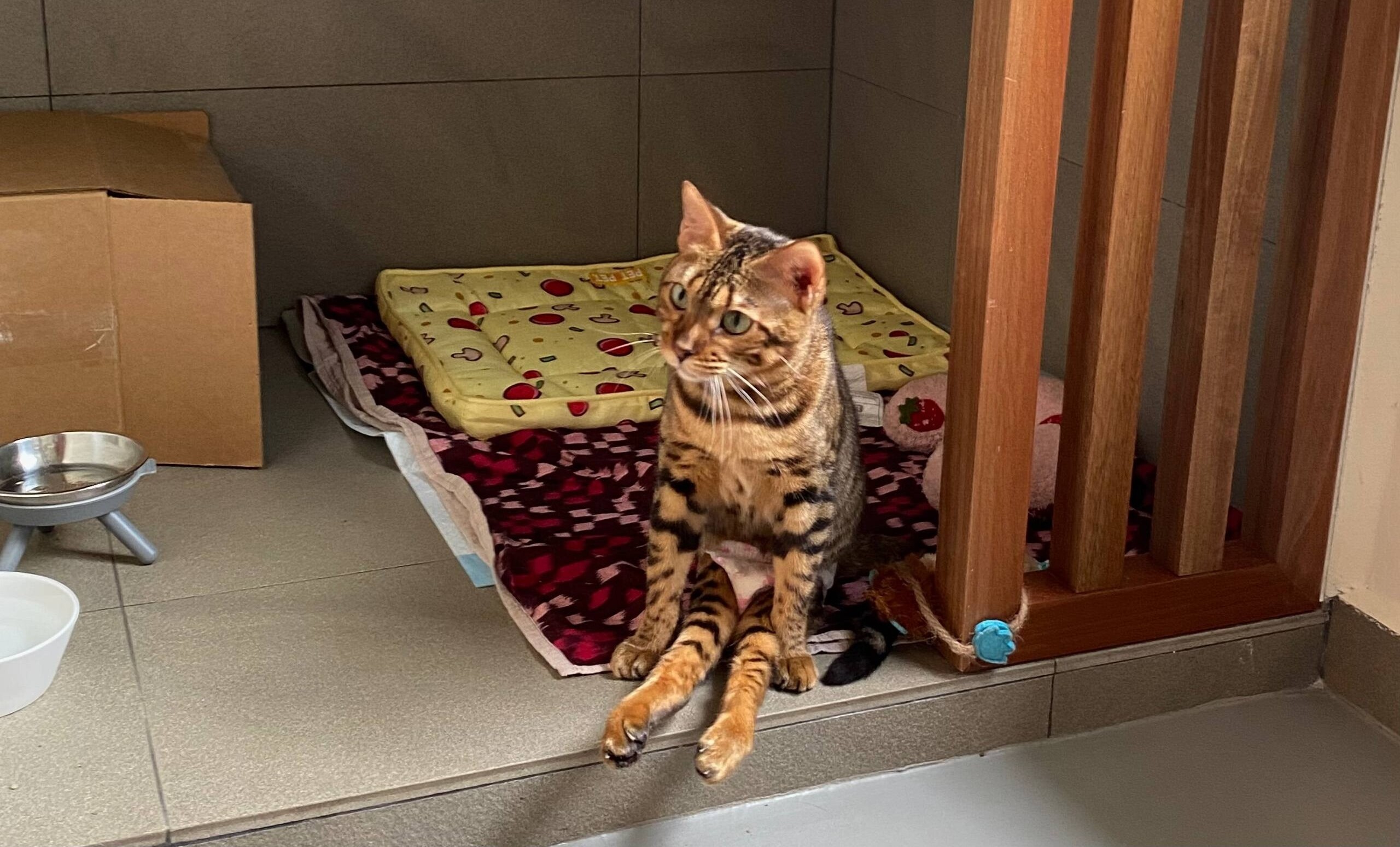


He told The Pride: “The public has a perception of what a lawyer looks like – perhaps they need to have a proper, sleek haircut, maybe even a pair of glasses. It can be fairly stereotypical.”
With his distinctive long hair and tattoos, Tan’s appearance used to leave clients gobsmacked during the early years of his practice.
“Tattoos carry different meanings to everyone. It may be an art form, a fashion statement; it’s a different style of expression for each different generation,” he explained. Tan sports two prominent tattoos on his forearms, both in remembrance of his father.
Although he agrees that there remains a historical association between tattoos and secret societies, he feels that “at the end of the day, the work (of the person with tattoos) speaks for itself”.
“The public is smart enough to see what lies beyond the surface,” explains Tan.

Which is the case for Kenneth Lock, 27, a designer from an international furniture firm that services companies such as Google, LinkedIn, and Mastercard.
Lock is tattooed on nearly every part of his body, except his neck, face, hands, and feet. He was initially worried about how he would approach his professional career as a designer.
Lock recalled an incident when he was a coordinator at a children’s play gym prior to getting his visible arm tattoos: “Some of the children tugged and pulled at my shirt revealing the tattoos I had on my body.”
He was later told by his manager that one of the parents had approached him to ask why the company would hire someone like him.
Even though he understood the parent’s concerns, he became determined to take his tattoos out of the equation and let his work and professionalism speak for themselves.
“When I start working anywhere new, I always cover my tattoos and make it a point to prove myself before any preconceptions can be made. Tattoos aren’t a part of my personality – I think that traits like work ethic and capability are more important,” explains Lock.
However, this hasn’t stopped tattoo stigma from catching up with him.
“I’ve been told I have quite a stern and stoic face, so people may be less inclined to speak to me, even discounting my tattoos,” said Lock laughingly, explaining that he had to put in extra effort to approach people and initiate a conversation with them to break the ice.
Still, the profiling of tattooed individuals still seems to be prevalent today, as the association with gangsterism has stuck.
One tattooed netizen, who isn’t involved with triads, left feedback for the police on his ”propensity to being stopped for random police checks”. The netizen says he was stopped by the police more than 20 times when his tattoos were visible. However, these checks never occurred whenever his tattoos were concealed.
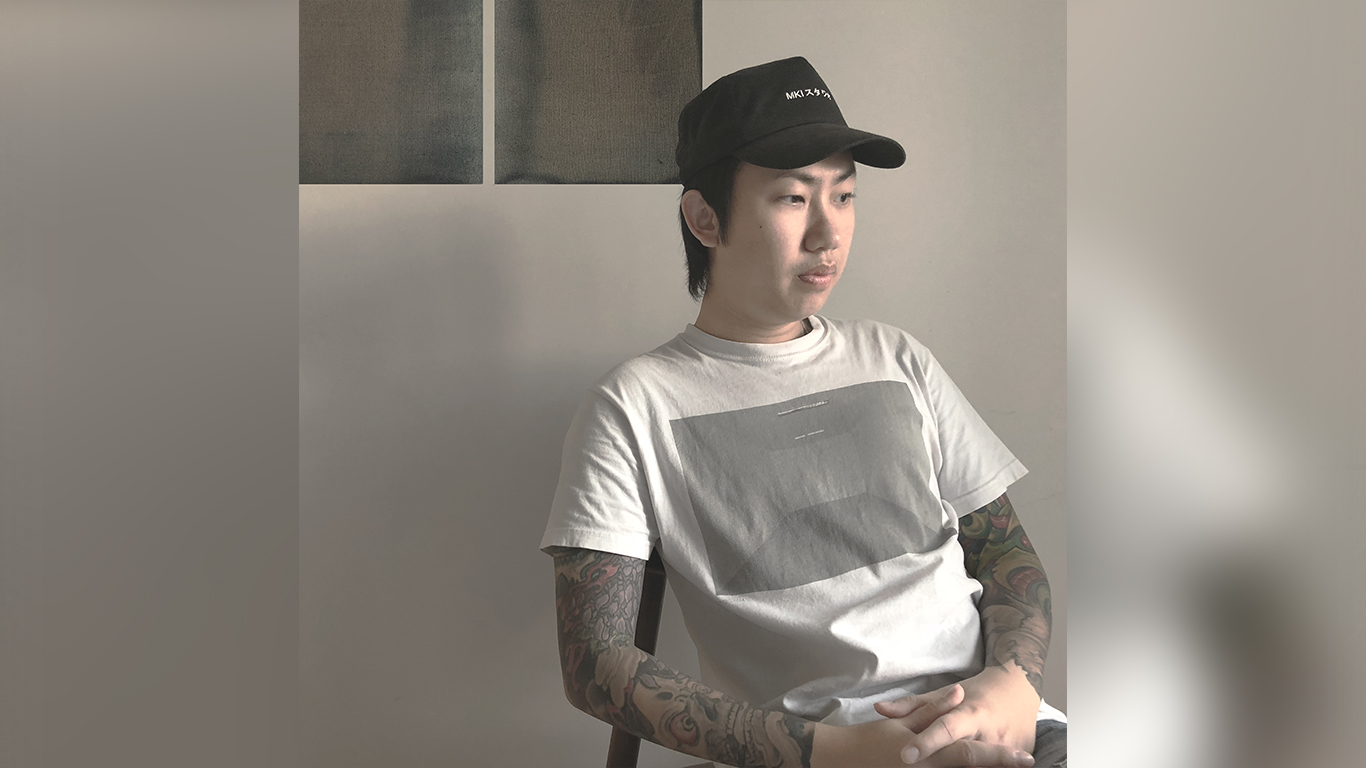
Award-winning local artist Justin Lim, 28, can empathise as he has been subjected to police screenings a few times a week since he got tattooed from shoulder to wrist in his teens.
These prominent, arm-sleeve tattoos once had a reputation for being the choice markings of triad members and gangsters, although it has since gained popularity in the mainstream as well.
Understanding the historical association, Lim doesn’t consider it prejudice, although he finds it interesting to see how some people are surprised by his appearance.
There are times, however, when Lim feels the need to conceal his tattoos. “When I teach art classes at schools, I always cover up because I understand that some parents have reservations about their children being around someone who is heavily inked,” said Lim.
“There is this saying that people fear what they don’t understand, which is why it’s important for both sides to be understanding of the other’s sensitivities and build a relationship instead of a wall,” expressed Lim.
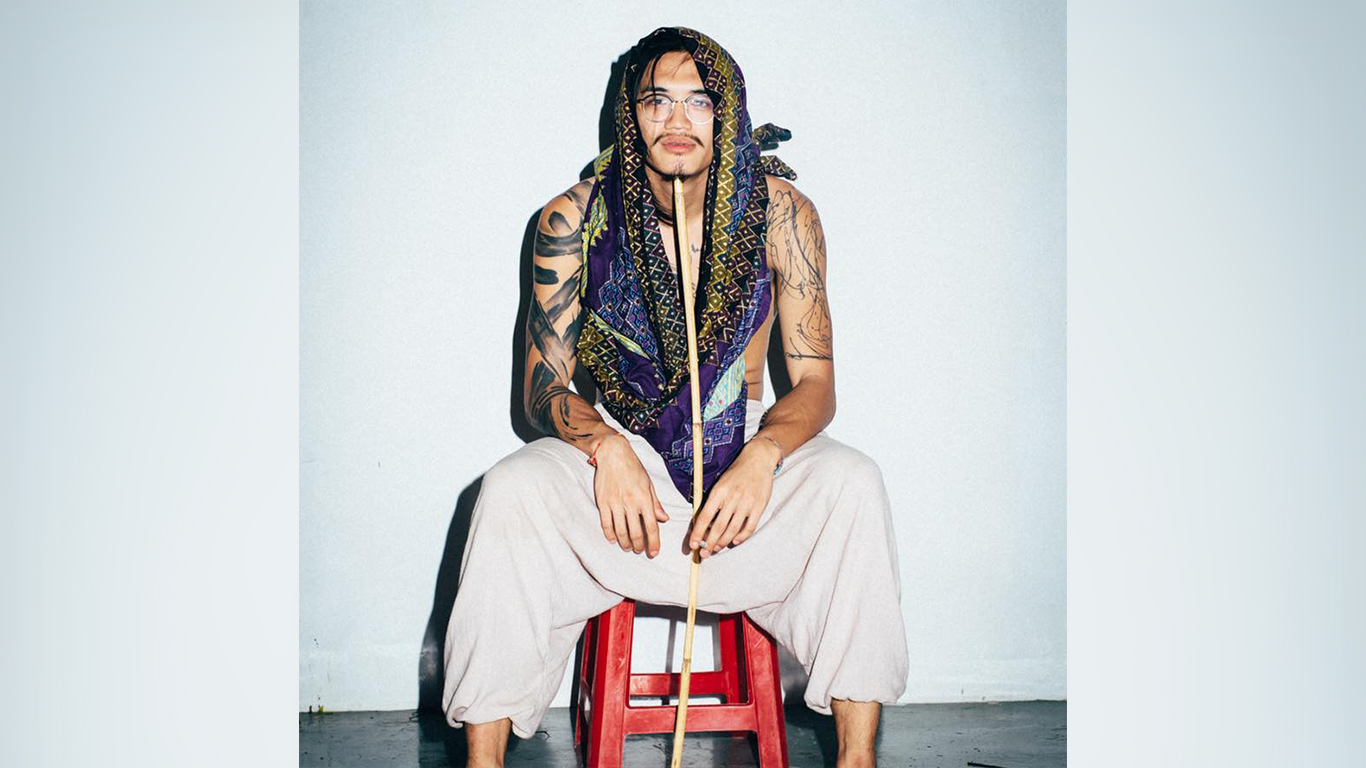
Ethan Chia, the director of international theatre collective 5ToMidnight, echoed Justin’s sentiments on empathy. He tells The Pride that he does not feel prejudiced against as he makes it a point to actively engage those whom he senses are disapproving towards his tattoos.
Besides, even though the triads once laid claim to tattoos, times have changed such that more people have come to appreciate the artform and see it as a type of self expression.
With calligraphy brush style tattoos running down his right arm, 27-year-old Chia has never had his professional abilities called into question because of them, but has been told to adhere to professional etiquette and attire when teaching theatre at schools.
Professional etiquette?
He sees it as “institutionalised prejudice”, and wonders if the stigma against tattoos is introduced from a young age when the ideal image of an educator is being controlled this way.
“It begs the question of what we understand about tattoos. Are we propagating the stigma attached to tattoos by policing how people can express themselves?” asks Chia.
Unlike him, Tan’s tattoos are left on display when he helms motivational talks at secondary schools. They often serve as a conversation starter to connect with the youth.
“From what I know, there are mechanisms put into place that discourage employers from enquiring about sexuality and age. Maybe something can be done for tattoos,” says Tan, who encourages a dress-down policy at his law firm.
Despite his long hair and tattoos attracting concern that his public image has dented his political aspirations, Tan has no plans to change his appearance.
“My tattoos are a part of that rebel in me and my delinquent past. And in embracing them, I can bring truth to the nature of my work: to defend the underclass. I myself came from the underclass, so if I were to take steps to cover my true self, how can I convince myself to embrace the people if I can’t even embrace myself?”
Tan, however, concedes that certain industries will be slower to adopt a more liberal viewpoint, and a “generational shift” will be needed to change long-standing perceptions. For example, those who work in childcare or education will continue to face pressure from parents to conform to expectations of their appearance.
Ultimately, changing these perceptions will require more of us to realise that actions speak louder than appearances.
Tan has contributed thousands of hours in pro-bono work, helping people who can’t afford legal services. Both Chia and Lim teach art to the younger generation, hoping to inspire the next generation of artists and thinkers.
These people are proof that looks do not diminish the quality of the good work they do. Holding back on judgments based on appearances will allow us to focus on other things, like who these people really are underneath their inked exterior.
Yes, first impressions are important — but they shouldn’t be the only ones that matter.
